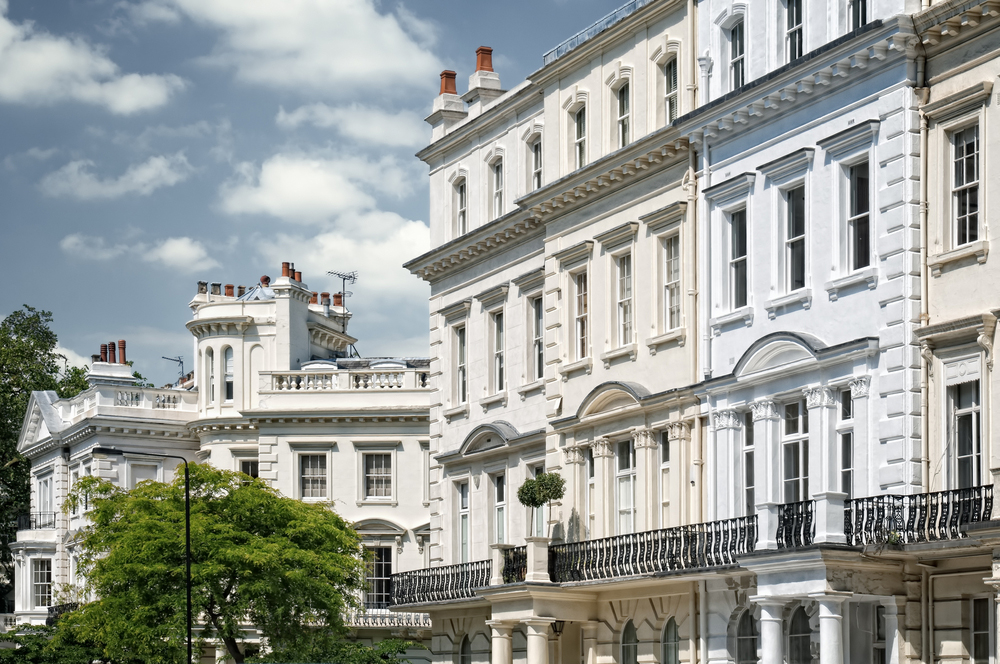Buy To Let
Rise in property millionaires despite slowing price growth

The proportion of properties worth £1m in prime London has risen by over 8% in the last year, according to estate agent Marsh & Parsons’ latest London Prime Market Monitor.
Just over one third of properties across the prime areas of London were worth £1m or more in September 2011 (34.6%), a figure that had risen to two in five (43%) following average annual price growth of 11.1% in the last quarter.
Properties worth more than £1m are no longer just in locations in prime central London.
In September 2010, 57.1% of £1m properties were located in the traditional prime central locations such as Chelsea and Kensington, a figure that has now fallen to 52.7% as areas to the south and west of more traditional prime central hotspots see strong price growth.
Peter Rollings, CEO of Marsh & Parsons, said: “After the meteoric price rises seen in prime London in the past few years, the number of property millionaires in the capital has also shot up. Properties no longer have to be palatial to be worth £1m. If they are located in a popular prime area, there’s a good chance they’ll be worth a seven figure sum. They do not necessarily have to be “mansions”.
However the strong price growth in the past two years has also boosted the number of homes worth £2m in prime London. 18.5% of all homes in prime London are worth £2m or more, compared to 14.3% a year ago, while 35.5% of homes in prime central London are now worth £2m or more.
Rollings continued: “International and domestic buyers have been flocking to prime property in recent years, but this influx of wealth is no longer concentrated in the most central locations.
“With the supply of homes especially constrained in the central prime areas, wealth has been overflowing into areas like Balham, Clapham and Brook Green, pushing up prices and boosting the number of £1m properties across the capital.”
According to Marsh & Parsons, despite the rise in the number of million pound properties in the last year, house price rises are showing signs of slowing.
In the last quarter, prices rose by 3.5%, down from 3.7% in Q2 2012, which may indicate that the price growth in the capital is moving towards a steadier, more sustainable rate of increase.
A healthier balance between supply and demand slowed short-term growth, with 14.7 buyer registrations per instruction in the quarter, down from 17.5 in the previous quarter.
The supply of properties increased by 2% in the quarter, while the traditionally sluggish July and August months combined with the Olympics caused total buyer numbers to fall by 14.8%.
Peter Rollings added: “Although the number of homes coming on to the market remains at near historic lows, it improved in the last quarter at the same time as buyer numbers fell back. It’s not yet a buyer’s market, but easing competition has factored into slower quarterly price growth.
“Buyers are spending more time educating themselves on the current market and stamp duty developments, rather than acting with urgency. Properties need to tick every box – not to mention be correctly priced – to convince the more speculative buyers to make a move quickly.”